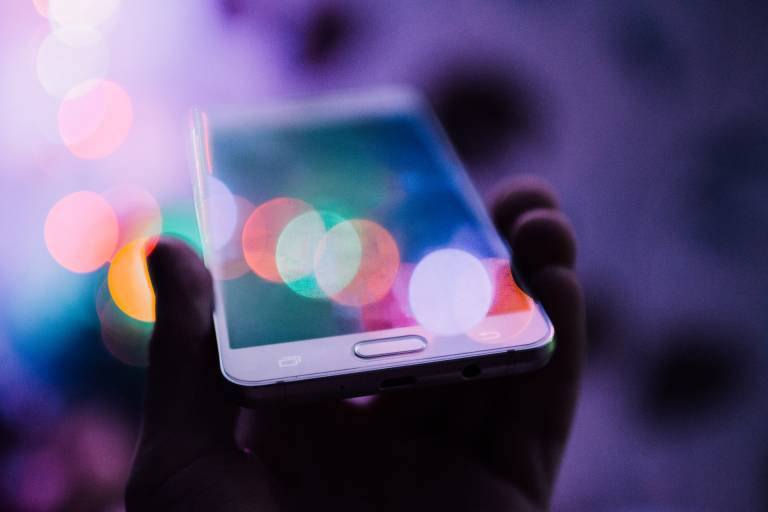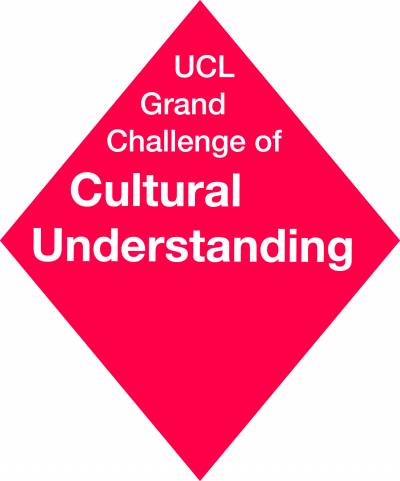Autistic Adolescents' Use of Social Media
Undertaking participatory research to examine the impact of social media on autistic adolescents and explore how they use social media to construct identity and build communities.

3 October 2017
This collaboration set out to examine and appreciate the impact of social media on autistic adolescents and ask how do autistic teenagers use social media to construct identity and build communities? To do so, the project posed the questions:
- To what extent do they participate in the benefits of social media? Can we enhance these benefits?
- To what extent do autistic adolescents suffer costs of social media usage? Can we minimise these risks?
- How can we study autistic teenager’s use of social media?
The team interviewed and gathered responses from adolescents and their parents, noting the importance of undertaking participatory research with autistic people. In this regard, Mandy and Hull not only sought to research the topic itself, but also investigate how to conduct research into this area. Two key strands emerged in the project’s findings: control and community. Meeting the expectation on social media of responding quickly was identified as a major difficulty for autistic teens, however control in choosing when and how to engage with others and interacting on their own terms was seen as beneficial. Similarly, social media was viewed as affording an opportunity to connect with others in a unique way and to find communities of people with shared interests. As one participant noted: ‘You can celebrate being part of a community”, whilst another commented: “It’s peopling completely on my terms.”
Finsings showed that adolescents noted the difficulties of marrying online communities with experiences in the ‘real world’ and many did not wish to have their online engagement come offline. Difficulties in understanding what is appropriate to share was also found to be a key concern. In this regard, the project sought to stress both the benefits and risks of using social media for autistic teens with Mandy and Hull synthesising the key conclusions into a rough guide for teens and their parents. Alongside this, the project identified a number of implications for policy including: the opportunity social media affords for developing communities based on shared interests; the importance of parents being up-to-date on current trends and online content to ensure autistic teens stay safe online, the potential for social media platforms to act as vehicles for autistic teens to transition to adulthood by balancing independence and autonomy with safeguarding measures.
In addition, the project has also raised the question – do autistic adolescents use social media in similar ways to non-autistic adolescents? As Dr Mandy asks, “Can we promote happier, healthier adolescence for autistic people by understanding how they interact with social media? If so, how might researchers measure how autistic adolescents use social media to construct identity and build communities?” Ultimately, fundamental to understanding autistic adolescents’ use of social media is understanding how non-autistic adolescents use such platforms. Yet despite the ever growing prominence and role of social media in everyday life, this is not yet known.
Similarly, as Laura Hull stated: “The project was an incredible opportunity for an early career researcher to experience interdisciplinary work, and being able to work with Professor Miller from UCL Anthropology allowed us to evaluate our methodologies and seek to improve research practice as we go forward with this project. Learning about these teenagers’ experiences of social media, it was heartening to see so many positive attitudes to online social interaction within this often marginalised group.”
The project’s guide for adolescents using social media can be accessed here.
Image credit: Photo by Rodion Kutsaev on Unsplash
 Close
Close


